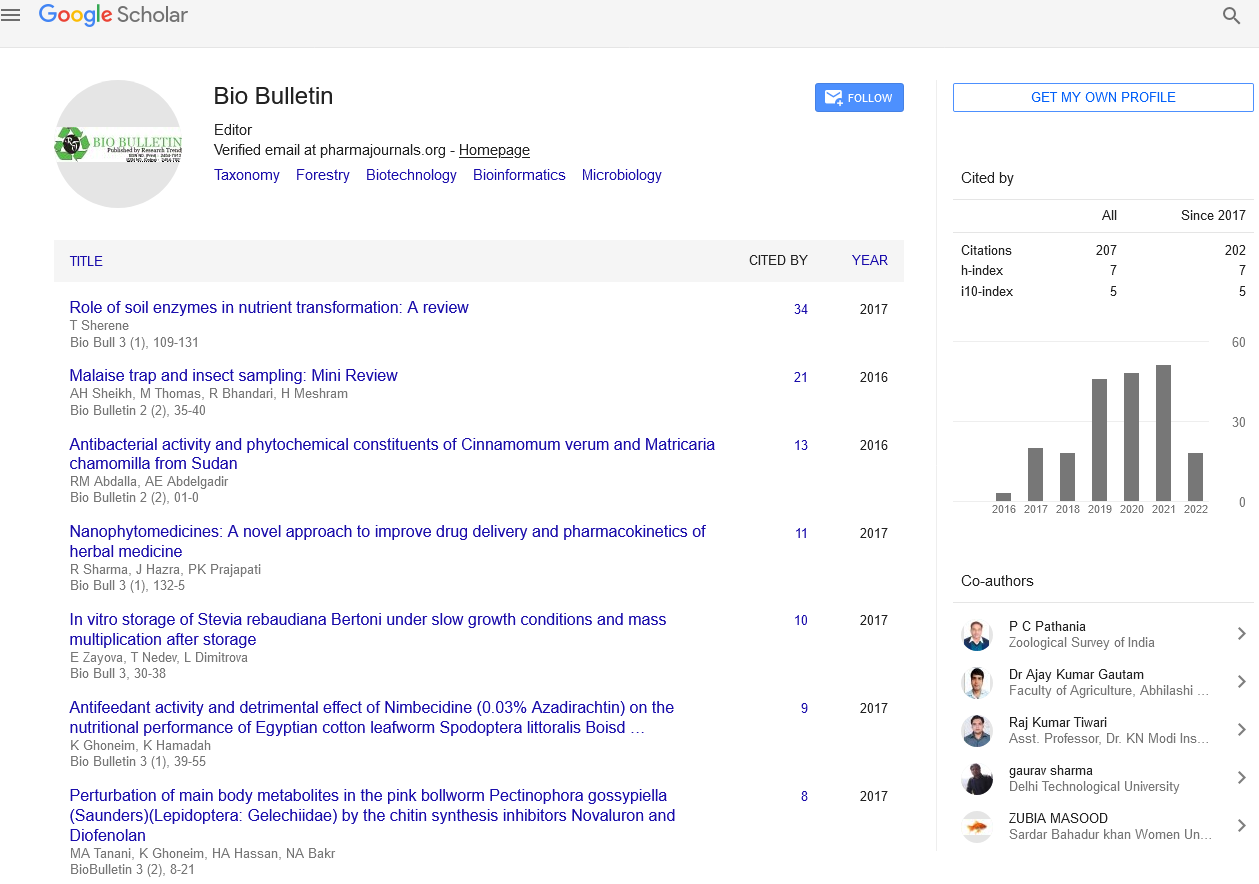Cell Cycle
Commentary - (2021) Volume 7, Issue 2
Abstract
Commentary
The concept of checkpoint controls revolutionized our understanding of the cell cycle. Here we revisit the defining features of checkpoints and argue that failure to properly appreciate the concept is resulting in misinterpretation of experimental results. We illustrate, using the mitotic checkpoint, problems which will arise from a failure to respect strict definitions and precise terminology.
Cell biology isn't a notoriously self-critical field. We cell biologists aren't reticent about announcing breakthroughs and making promises of imminent revolutions. However, one cannot summarize the history of research and considered mitosis as a progress from primitive glimmerings to modern revelations. Nothing we've learned about mitosis since it had been discovered a century ago is as dazzling because the discovery itself.
Hartwell's idea departed from the normal view that stage-to-stage progress through the cell cycle occurred whenever there have been sufficient means to maneuver forward. Instead, he argued that progression is actively controlled by external mechanisms that aren't themselves intrinsic to the method . Checkpoints guard critical cell-cycle transitions by ensuring that the previous phase is complete and error-free before the cell is allowed to maneuver forward. However, since its introduction 20 years ago the checkpoint concept has been retailored to suit a spread of views, many of which are supported misleading terminology and misconceptions for instance, delays in mitosis are often described to activation of the mitotic checkpoint, a descriptor that fails to acknowledge that the checkpoint by definition is active because the cell starts mitosis. Conversely, the completion of mitosis within the presence of misaligned chromosomes is usually automatically interpreted to point a defective checkpoint, albeit within the absence of critical testing alternative interpretations are equally likely. during this article we define the critical characteristics of checkpoints and illustrate how confusion generated by the inconsistent use of terminology may impede progress by fostering claims that mean very various things to different researchers. we'll illustrate our points with examples from the checkpoint that controls progression through mitosis
The failure to differentiate true checkpoint proteins from those involved within the pathway targeted by the mitotic checkpoint is common, and typically results from too narrow attention on molecular interactions without regard for the conceptual context. it's obvious that checkpoint proteins must interact not only with the structure or event being monitored (for example, an unattached kinetochore), but also with the pathway and structures whose activity is required to drive cell-cycle progression. This being the case, because the checkpoint itself isn't required for forward progression, proteins whose mutations prolong mitosis can never be considered true checkpoint components.
Contrary to the views of some, the mitotic checkpoint is not turned off once it is satisfied, but continues to remain functional. This is evident from the fact thattreating cells with spindle poisons after they have initiated mitotic exit rapidly stops further cyclin B degradation and progress towards anaphase. Thus, up to a point, reappearance of the condition monitored by the checkpoint reinstates the block. That point at which the checkpoint becomes truly inactivated marks a point of no return after which progression to the next stage of the cell cycle can no longer be stopped.
Author Info
Rushi Rao1*, Teena Pei2 and Shagun Chuni32Department of Zoology, Govt. Higher Secondary School, Litter (J&K), India
3Department of Environmental Science, Govt. Degree College, Bijbehara (J&K), India
Received: 15-Jun-2021 Accepted: 29-Jun-2021 Published: 06-Jul-2021
Copyright: This is an open access article distributed under the terms of the Creative Commons Attribution License, which permits unrestricted use, distribution, and reproduction in any medium, provided the original work is properly cited.

